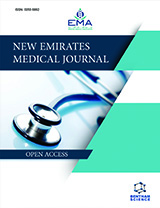Abstract
Background: The efficacy of immunization is contingent upon public acceptance. Using the behavioral theory of the Health Belief Model (HBM), this study seeks to determine intervention strategies against the most influential factor towards the acceptance of the COVID-19 vaccination program among the societies of Singkawang City.
Methods: This investigation involved a cross-sectional design. The perceived severity, susceptibility, barriers, benefits, cues to action, and self-efficacy were the independent variables. The dependent variable was the adoption of the COVID-19 vaccine by the public. Mann-Whitney, Chi-square and Multivariate tests were used to present vaccine acceptance differences, relationships and impacts of each variable towards COVID-19 vaccine acceptance.
Results: There was a total of 461 participants in this study. For the majority of respondents (56.40%), COVID-19 vaccine acceptance among them remains modest. The difference between the low and high vaccination acceptance groups (p-value < 0.05) was revealed. Except for perceived severity, this study demonstrated that all HBM constructs had a significant relationship with vaccination acceptance (p-value < 0.05). In addition, the results of the logistic regression test indicated that the cues-to-action construct was the most influential factor in vaccine acceptance (OR= 7.156; CI, 95%= 4.107 – 12.469), followed by self-efficacy (OR=3.218; CI, 95%=1.819 – 5.694).
Conclusion: Thus, health policymakers should focus on cues-to-action and self-efficacy factors for developing a strategy to increase vaccine acceptance among the Indonesian population by using current study results among the Singkawang population as a model to start the persuasion techniques.




























